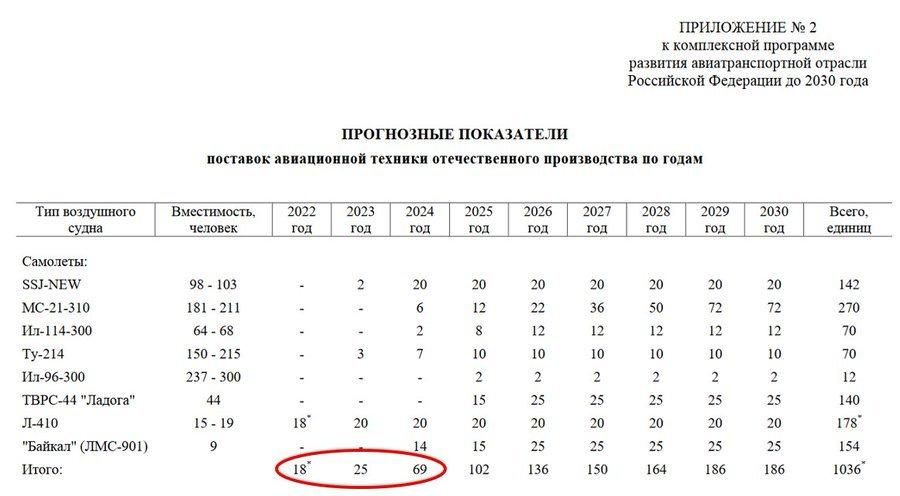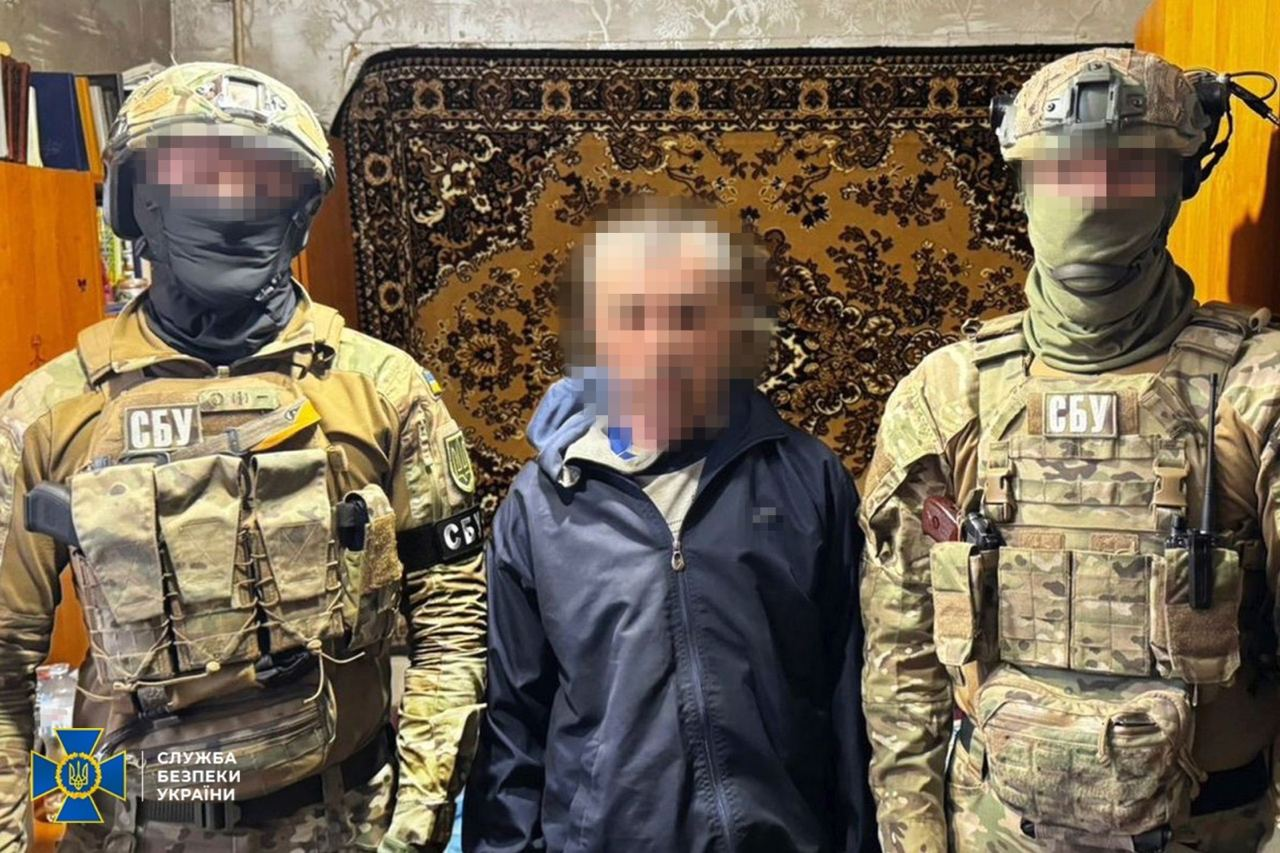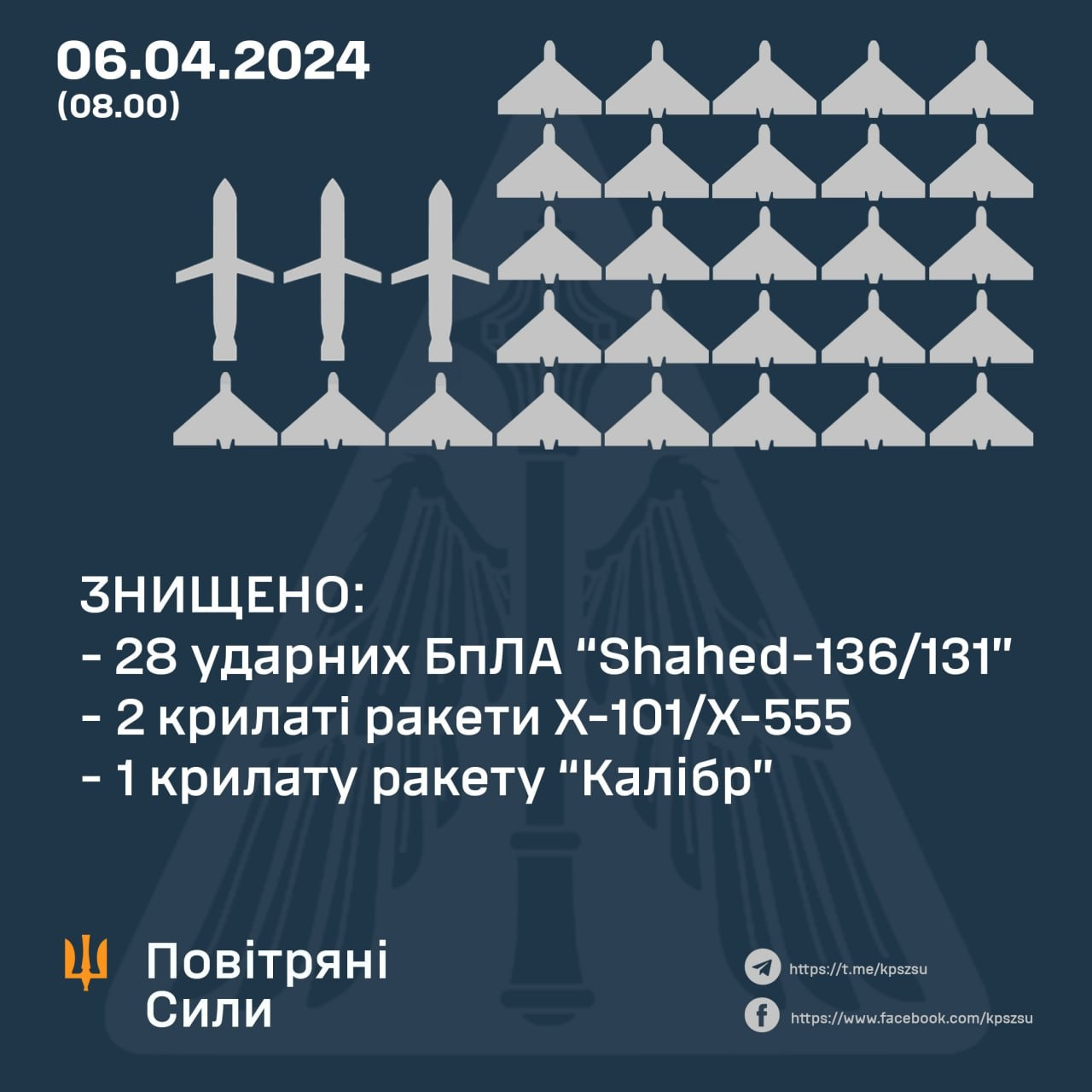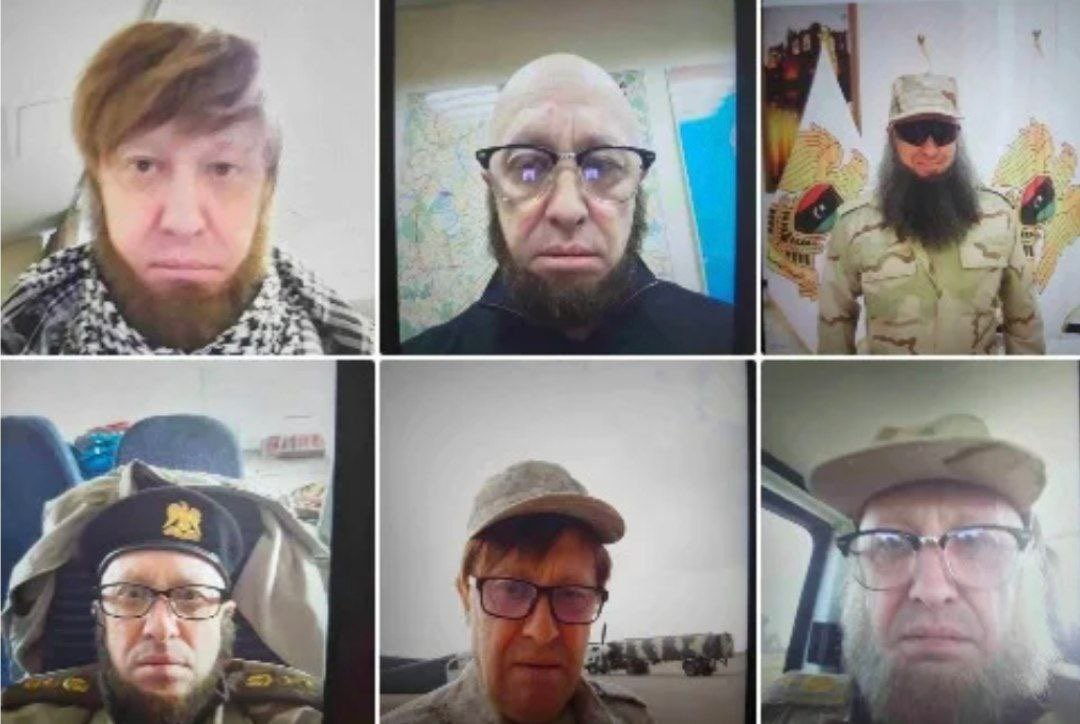Annotation: This investigative report delves into the casualties suffered by Russian forces during the conflict in Ukraine up to April 2024, shedding light on the significant human toll and the evolving dynamics of the war.
Keywords: Russia, Ukraine, casualties, military losses, conflict, investigation, analysis, forecast
Hashtags: #Russia #Ukraine #Casualties #MilitaryLosses #Conflict #Investigation #Analysis #Forecast
Editorial Comment: The findings presented in this report are based on extensive research and analysis conducted by reputable sources, including the BBC and Mediazona. However, readers should exercise caution and critically evaluate the information due to the complex nature of the conflict and the possibility of bias or misinformation.
Disclamer: This investigation was conducted in hot pursuit and needs to be thoroughly verified. All of the following may have a biased perception of the facts and may also contain signs of "stuffing" by the Russian special services, unprofessional verification, and other factors. Everything is your responsibility, including references to us as unverified sources. Once again, time, or rather the lack of it, does not play the best role in substantiating versions. Take everything as a version, nothing more.
Conclusion: The investigation reveals that more than 50 thousand Russian military personnel have died in the conflict in Ukraine since February 2022, with a significant proportion being individuals not formally affiliated with the army at the start of the invasion. The report highlights the human cost of the war and the challenges faced by Russian forces on the front lines.
Links: BBC, Mediazona, brcf-ua.blogspot.com
Editorial Note: The report provides valuable insights into the ongoing conflict in Ukraine and the toll it has taken on Russian forces. However, readers are encouraged to verify the information independently and consider multiple perspectives to gain a comprehensive understanding of the situation.
50 thousand dead: what do we know about Russia’s losses in Ukraine by April 2024
brcf-ua.blogspot.com
April 5, 2024
View Original
Photo credit: STRINGER/AFP via Getty Images
About the article
Author, Olga Ivshina
Position, BBC
The names of more than 50 thousand Russian military personnel who died in the war in Ukraine since February 2022 were established by the BBC together with the Mediazona publication (recognized as a “foreign agent” in Russia) and a team of volunteers based on open sources. At least 43% were not affiliated with the army when the invasion of Ukraine began. But most likely, the real share of those who left for the front “from civilian life” could reach 70% of all combat losses of the Russian side.
Among them are soldiers whose fate their relatives could not find out for two years.
“Glory to You, Lord! I exclaim involuntarily... And then emptiness, darkness. And then silence. And I come to my senses from a wild scream and sobbing! This is how I met on March 20, 2024, the news of the death and the coincidence of the DNA of my beloved son, Kirill, who suffered and begged from the Lord,” wrote Irina Chistyakova, the mother of a 19-year-old soldier who disappeared after a battle in the Kharkov region of Ukraine, on her page. in March 2022.
photo copyrightIrina Chistyakova
Kirill served on conscription and, unexpectedly for his family, signed a contract shortly before the start of Russia’s full-scale invasion of Ukraine. His mother believes he was forced to do this. In one of the first battles, Kirill went missing. His remains were found only in March 2024.
Contrary to the promise of Russian President Vladimir Putin, conscript soldiers continue to take part in hostilities. We know the names of at least 101 conscripts who died during the invasion of Ukraine. Some of them died in the Belgorod region of Russia, guarding border positions and not formally participating in the war. But in fact, yesterday’s schoolchildren came under artillery and small arms fire almost every day, holding positions that were supposed to be guarded by professional units.
At the moment, 18% of all our confirmed losses are prisoners, 13% are volunteers who went to the front, 12% are mobilized.
For another 28% of the dead, it was not possible to determine their belonging to one or another group of military personnel or branch of the military. This is happening primarily because Russian officials are now providing far fewer details about the dead than at the very beginning of the war. However, in most cases, such obituaries are accompanied by photographs of the deceased in civilian clothes.
Based on this, we can assume that most of those who are now in our “no data” section had no relation to paramilitary structures before the invasion of Ukraine.
Taking this circumstance into account, it turns out that the actual number of those who went to the front “from civilian life” can reach 70% of all combat losses on the Russian side.
All the above figures are only those losses that we were able to confirm using open data: reports from officials and the media, publications by close relatives of the victims on social networks, information from memorials and burial sites.
The real number of deaths on the Russian side (excluding military personnel from the territories of the so-called “people’s republics”), according to our estimates, may be twice as high.
We came to this conclusion by systematically studying the situation in cemeteries in 70 settlements throughout Russia.
Read more about casualties during the Russian offensive
Beginning in October 2023, confirmed weekly losses on the Russian side began to increase significantly. Since October 9, confirmed weekly casualties have risen to 550-600.
While in August and September, an average of 360 military deaths were confirmed every week. This jump coincides with reports of the start of a new operation to storm Avdeevka (in general, the battles for this city have not stopped since February 2022) and other settlements in the Donetsk region.
Between October 2023 and April 5, 2024, at least 1,014 Russian soldiers died (this number does not include those soldiers whose date of death is unknown).
Now many experts say that attempts to break through Russian forces in the Donetsk region have stopped. However, information about the dead comes late, so we continue to receive reports of those who were killed during this offensive, especially during the assault on Avdiivka.
In general, the figures we established for Russian losses in the fall and winter of 2023 are second only to the losses during the assault on Ugledar and Bakhmut in the winter and spring of last year.
The rate of increase in losses continues to be one and a half to two times higher than the average for the first 12 months of the invasion.
Main trends
Contrary to earlier expert predictions, prisoner units continue to play an important role on the front line and continue to suffer high casualties.
First of all, this is due to the fact that the Russian army is increasingly using Wagner group tactics. It involves wave-like attacks by small assault groups in different directions. This method leads to large losses in manpower.
To replenish the composition of warring units, the Ministry of Defense uses a number of strategies. Firstly, the recruitment of convicts in colonies continues. However, now they will be able to be released not after six months at the front - as was the case before - but only after the end of the war.
image copyrightGetty Images
Skip Podcast Advertisement and continue reading.
What was it?
We quickly, simply and clearly explain what happened, why it is important and what will happen next.
episodes
End of story Podcast Advertising
The second way of replenishment is the recruitment of volunteers who want to sign contracts with the Ministry of Defense. Just last year, local authorities in various regions of Russia admitted that they had “botched the plan” to recruit and send newly minted contract soldiers to the front.
For example, last year the city of Krasnoyarsk was tasked with recruiting 2,000 people.
“Each district has been given a plan. This plan is scheduled for the entire 24th year. So there are two signs. One sign shows that as of today, how much has been done of the total plan... And today, we have a shortfall in February - two people,” said the head of one of the districts of Krasnoyarsk, Yuri Savchuk, already this year.
“Considering that over the last year our contract soldiers have been mostly alcoholics, homeless people, whippersnappers, prisoners, and so on, the Central and Zheleznodorozhny districts are old, central districts, where there are fewer such teams than on the periphery of the city,” he encouraged official local deputy Vyacheslav Dyukov.
The military command, on the contrary, is now trying to protect the paratroopers and special forces who survived the first year of the war, using them to hold positions and sniper operations. Valuable specialists are now sent on the offensive only when favorable conditions exist, experts say.
Since the invasion began, Russia has lost at least 3,354 officers in Ukraine.
Including 1016 elite command-level specialists. In this number we included the dead officers of the Airborne Forces, Marine Corps, special forces, special forces of the Russian Guard, as well as military pilots.
The loss of precisely these officers may be the most sensitive and difficult to replace for the Russian army. If, for example, the commander of a special forces company dies, only an officer of the same military specialty can replace him. And its preparation requires at least four years of military school, and then another two to three years of service to gain relevant experience.
Moreover, in the structure of the Russian armed forces, as a rule, only officers are trained to synchronously interact with other branches of the military, especially with artillery. If these tasks are assigned to untrained or inexperienced commanders in high-stress situations, it can lead to a lack of coordination and increased casualties.
It was the lack of coordination and the inability to conduct more complex offensive maneuvers that became the main reasons for the suspension of the Russian offensive in Donbass, experts interviewed by the BBC note.
General assessment of Russian losses
The total number of losses on the Russian side increases significantly if we include in the list those who fought against Ukraine as part of the “people's militias” of the self-proclaimed DPR and LPR.
From December 22, 2022, the DPR stopped publishing data on the losses of its troops (the so-called LPR authorities did not publish information about their losses at all).
Having studied published obituaries and messages about the search for LDNR members who have not been in touch for a long time, we came to the conclusion that by the end of February, about 23,400 fighters of the self-proclaimed “republics” of Donbass could have died.
We assume that we do not take into account approximately half of the actual losses of Russian units, since we rely only on open sources of information. Consequently, the real number of Russian military deaths may exceed 100 thousand.
And taking into account the dead from the DPR and LPR units, the total losses of the pro-Russian forces in the dead could be 123,400 people.
We continue to collect data on dead military personnel. If you would like to share information on this topic please email bbcrussian@bbc.co.uk or contact us here .
What do we think?
In Russia, new names of the dead and photographs from funerals are published every day. Most often, the names are given by the heads of Russian regions or representatives of district administrations, local media and educational institutions where the deceased previously studied, as well as relatives.
The BBC, Mediazona and a team of volunteers are reviewing this data and adding it to a list we have kept since the Russian invasion of Ukraine
We consider a publication in a Russian official source or media, publications by relatives or posts in other sources if they are accompanied by photographs of the burial as confirmation of death.
In the main calculation, we do not take into account the losses of the self-proclaimed republics of the LDPR. However, if a citizen of the Russian Federation voluntarily went to war and joined the armies of these republics, we take him into account.
We determined the types of troops by reports of where the deceased served, or by insignia on the uniform. Mobilized, volunteers and prisoners are not separate branches of the military, however, we highlight these losses in a separate category in order to compare them with the losses of professional (contract) units of the regular army.
“Other troops” in the schedule include air defense and chemical defense personnel, signalmen, doctors, ground services of the Aerospace Forces, the Ministry of Internal Affairs, automobile and railway troops, as well as military police.
Sign up for our email newsletter to receive the day's top stories every evening, Monday through Friday, plus context to help you make sense of what's happening.
Чорні Троянди: 50 тысяч погибших: что нам известно о потерях России в Украине к апрелю 2024 года
https://brcf-ua.blogspot.com/2024/04/50-thousand-dead-what-do-we-know-about_41.html
Чорні Троянди: 50 тисяч загиблих: що нам відомо про втрати Росії в Україні до квітня 2024 року
https://brcf-ua.blogspot.com/2024/04/50-thousand-dead-what-do-we-know-about_7.html






Министры иностранных дел и министры юстиции из 44 стран приняли декларацию о небходимостью создания специального военного трибунала для России.
Декларацию поддержали все страны Семёрки (к инициативе присоединились Япония, Британия и Канада), страны ЕС, Австралия, Грузия, Молдова, балканские страны. В конференции участвовали, в том числе, прокурор Международного уголовного суда (МУС) Карим Хан, генеральный секретарь Совета Европы Мария Пейчинович Бурич и представители Еврокомиссии.
В документе говорится, что трибунал нужен для «привлечения к ответственности высшего военного и политического руководства России»